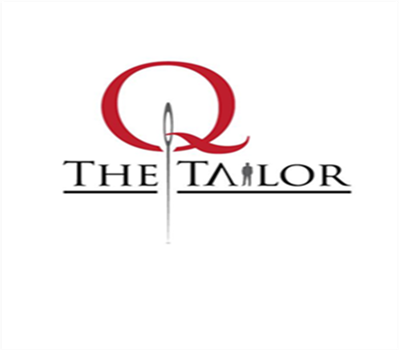THE IMPORTANCE OF PROPORTION
The Importance of Proportion in Classic Men’s Clothing
The gentleman who gives attention to proportion in his apparel always looks good. Alas, this detail is sadly under valued nowadays; it is rare to discover an adult male whose manner is understated elegance, the sort of gentleman who folks feel is always well dressed without knowing why. Most apparel sold in shops is available in just a few standard sizes, and are built according to the fashion of their day. It is true that with suitable tailoring, many gentlemen can get a decent fit out of a retail suit or other garment, but with a suit particularly there are a lot opportunities for customization that one misses out on them when buying off the rack. In retail clothing, important particulars like gorge height, closure, button position, and lapel width are determined by the impulses of fashion instead of the needs of a wearer’s unique physical structure.
Nearly all clothes are cut for a theoretical fashion model, a one in a hundred human who does not exist. Knowing this, it is no surprise that most men wear suits that do not flatter them. Most of us would look better in clothing built to our bodies, as that the right cuts and proportions can enhance any appearance. The best dressers knew this. Douglas Fairbanks Jr. had his jacket shoulders built out to offset his rather large head; Gary Cooper had his lapels cut to end in a low gorge which breaking up his height. Just look at modern day examples such as George Clooney, Sean Combs, and Tom Brady; these men wear menswear that compliments their natural strengths. It is true that certain body shapes clash with certain articles of clothing, but by no means does one’s body type confine him to a particular style. An important step in dressing well is finding the clothing proportions that work for you and then ensuring those proportion standards are met in every article of clothing you purchase.
The proper proportions on a jacket are critical to yield a natural and attractive visage. If a man’s head is especially wide, wider shoulders will frame his noggin to great success. A narrow face does better with sloping shoulders, while a large round face should ensure it is surrounded by enough material in the shoulders to make it look normal in size. Short men look best with a high-gorge configuration, while a low gorge balances a tall man. Also the width of a man’s lapels should be in proportion to his torso; if not they will accentuate his girth or lankiness to ill effect. And whatever your size, your jacket’s length should be such that it ends at your thumb’s knuckle when you stand with arms relaxed at your sides, and the ends of your sleeves should line up with the ends of your arms where your hands begin.
The shirt has rules of its own. The shirt collar size and shape should be selected based off of the face of the man wearing it. Collars types such as straight points tend to elongate the face; a wise selection for the round faced man but not a good choice for the man who has a long face. Most men wear collars that are too small, which is a shame as that the whole purpose of a shirt collar is to frame the face by properly drawing the eyes to it. Cuffs should gently clasp around the wrist, with anywhere from three quarters to a full two inches of room permissible.
Many trends in clothing consist of breaking the rules of proportion. Every day designers blast the public with their images of attractive models striking enviable poses and clothed in their latest offerings. By objective standards, these may be too loose or too tight, excessively short or top-heavy, or otherwise unbalanced. Models have jobs because they look good in anything, but most of us are not so lucky. Trendy designer clothes only look good because they evoke the beautiful people on billboards and magazines. When tastes change, in a few years or a single season, those who paid full price for designer wares at the height of their fleeting glory are left with expensive clothes that look slightly ridiculous. How much wiser is the man who buys clothes that are right for him, and wears them confidently knowing his style transcends the pettiness of fleeting fashion.













